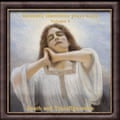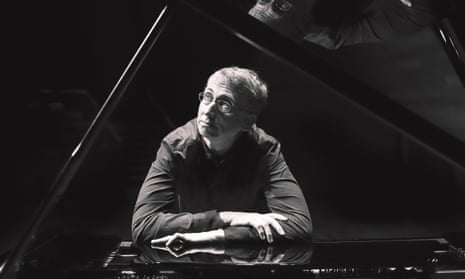It was at the end of the 1840s, writes Kenneth Hamilton in the superbly comprehensive notes to his new collection, that Franz Liszt began his transformation from pianistic superstar to a composer of real weight and significance. The starting point for Hamilton’s two-disc collection, the first in a projected series devoted to Liszt’s piano music (a second instalment will be devoted to transcriptions and arrangements) is the music from that crucial period, when he gave up his glamorous life of international touring to settle in Weimar.
But this selection ranges much more widely chronologically, extending right up to the end of Liszt’s life with several of the extraordinarily forward-looking pieces from the 1880s, including Czardas Macabre, Nuages Gris and the first version of La Lugubre Gondola. There’s his famous transcription of the Liebestod from Wagner’s Tristan und Isolde, too, while the first disc ends with the Sonata in B minor.

“I have tried as much as possible to imagine myself a student of Liszt,” writes Hamilton of his approach. “To absorb his performance advice, or at least what survives of it, and to read his scores in a 19th-century (rather than a ‘modern’) fashion.” The performances never duck any of the considerable technical challenges that the piano writing regularly presents, but never seem to regard them as an end in themselves. It is a long way from the world of Liszt’s early piano music, such as the Transcendental Studies; instead, there’s directness, clarity and an absolute lack of unnecessary point-making in everything Hamilton does. His account of Funérailles seems all the more menacing for its icy control, while that of the sonata never sacrifices its coherence and sense of musical purpose for spectacular effect.
As in Hamilton’s earlier discs – his recordings of Ronald Stevenson’s piano works especially – there is always the feeling that the music comes first, that the performances are a means to an end rather than a self-regarding end in themselves, and that is both liberating and totally refreshing for the listener.
This week’s other pick
In his collection, Hamilton includes four of the 10 pieces that Liszt composed in 1847 and published in 1853 as Harmonies Poétiques et Religieuses, including the best known of them, Funérailles and Bénédiction de Dieu dans la Solitude. Saskia Giorgini’s new recording for Pentatone includes the whole set of 10. Giorgini first made her name by winning the international Mozart competition in Salzburg five years ago, but she is clearly a very fine Lisztian, too. These supple, rich-toned performances are perhaps a bit less incisive than Hamilton’s but equally persuasive in their own way.

Comments (…)
Sign in or create your Guardian account to join the discussion